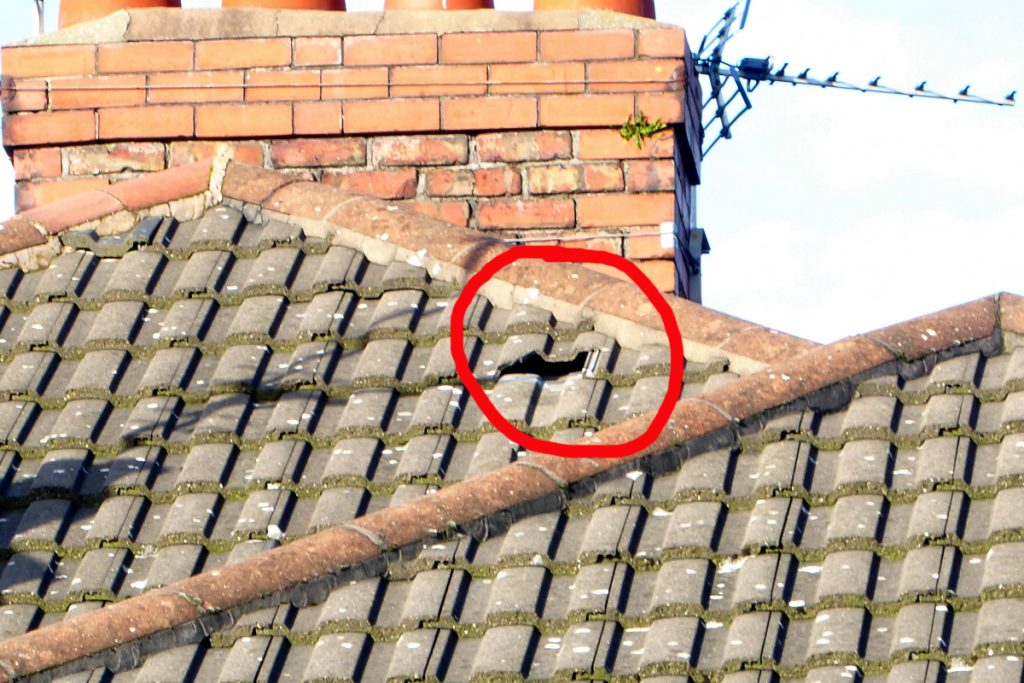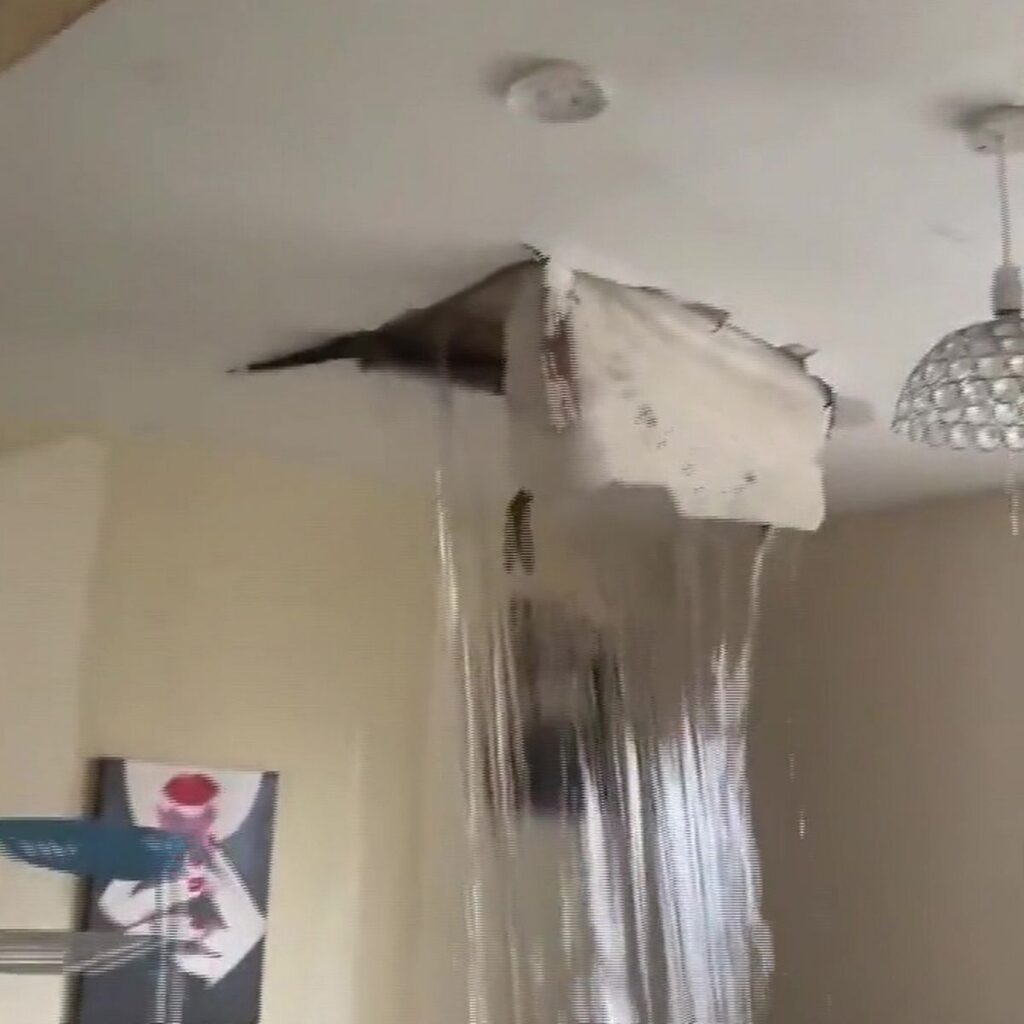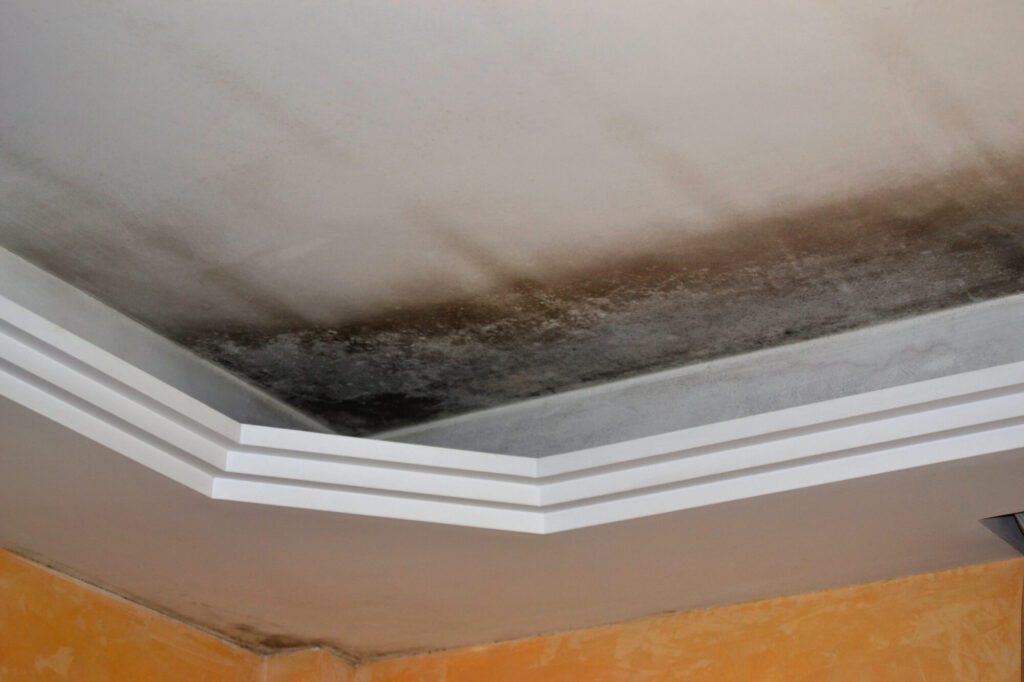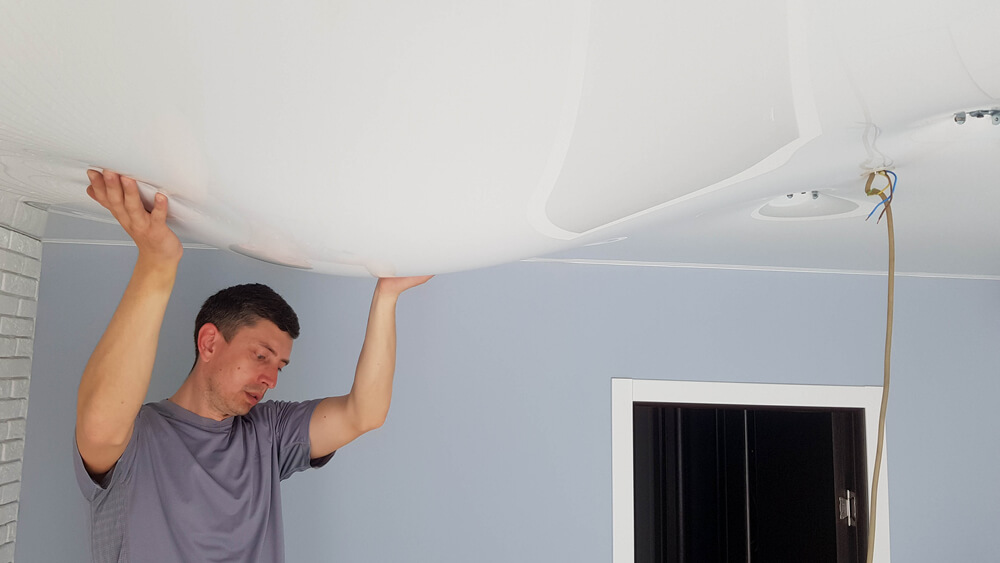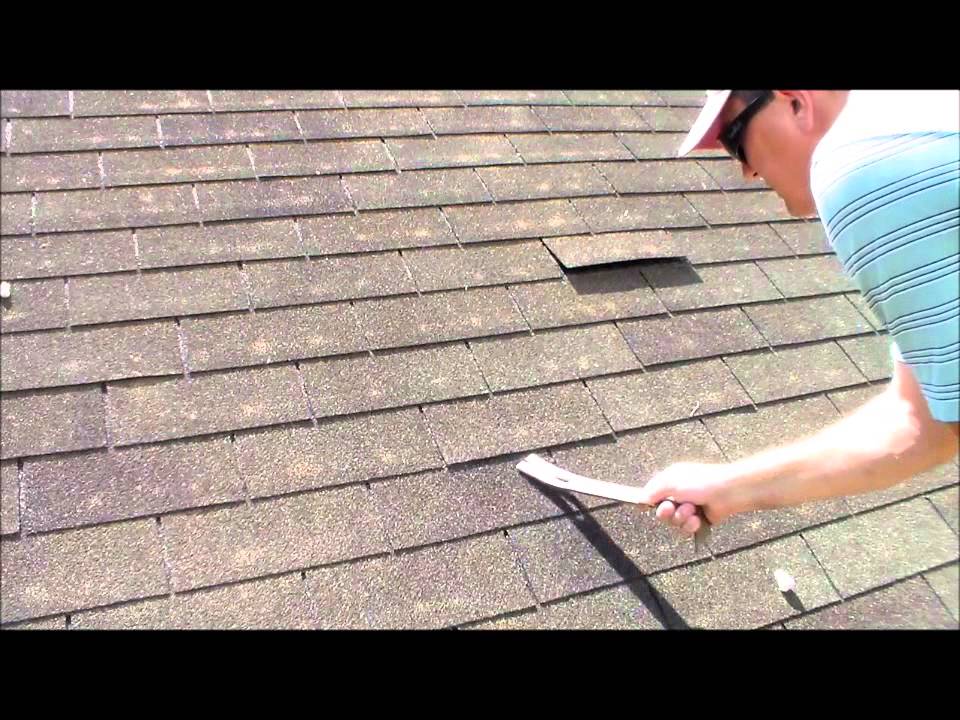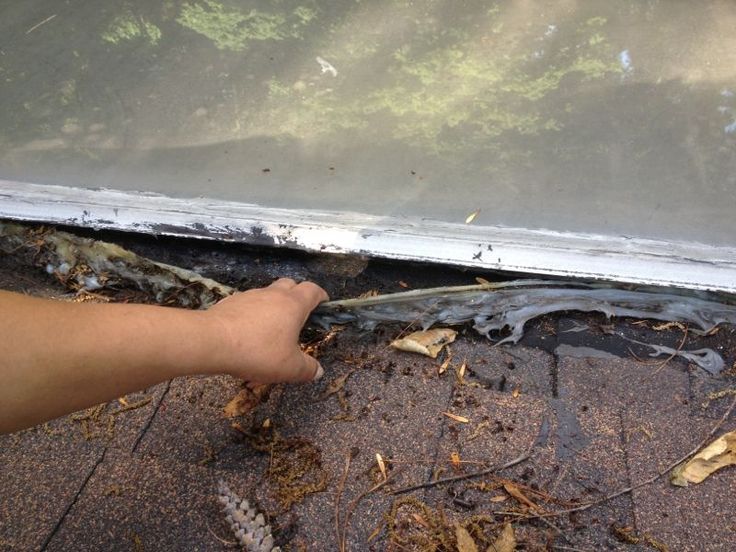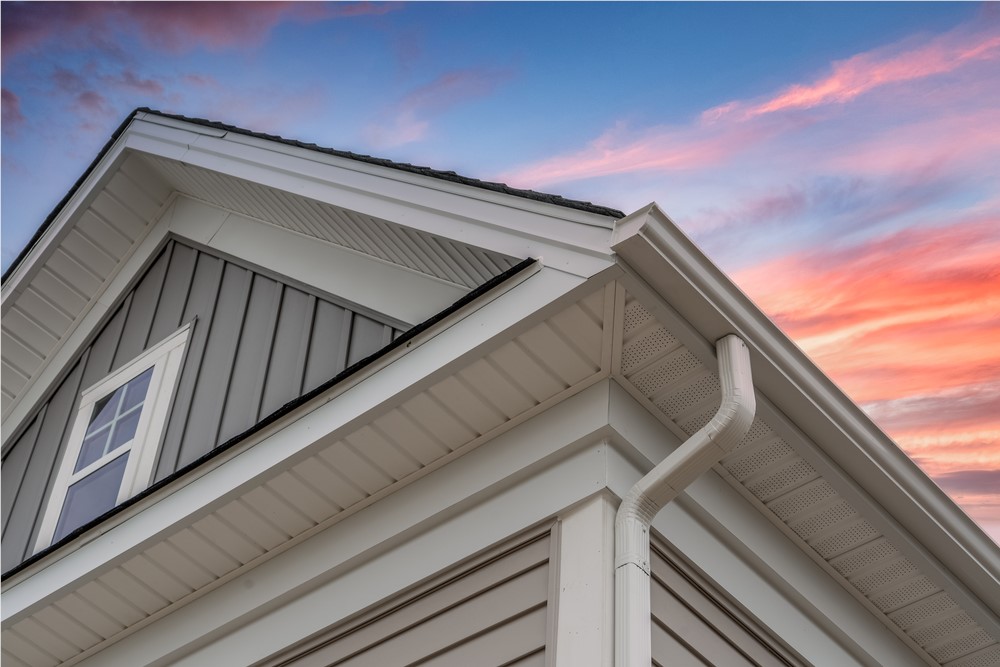You probably don’t give your roof much thought until a leak appears and rainwater starts dripping down into your living room. It’s a frustrating and potentially costly problem to deal with, but what if your homeowners insurance could help? In this article, we will explore whether homeowners insurance covers roof leaks caused by rain, giving you the information you need to protect your home and make informed decisions.
1. What is homeowners insurance?
Homeowners insurance is a type of insurance policy that provides coverage for a variety of risks and damages related to your home. This insurance is designed to protect homeowners from financial loss due to property damage or liability claims. It provides coverage for not just the physical structure of your home, but also its contents and any additional structures on your property.
1.1 Coverage for property damage
One of the primary components of homeowners insurance is coverage for property damage. This includes damage to the structure of your home, such as the walls, roof, and foundation, as well as any attached structures like a garage or shed. In the case of roof leaks from rain, homeowners insurance may provide coverage for the resulting damage to your home’s interior, such as water-damaged ceilings, walls, and floors.
1.2 Coverage for liability
In addition to property damage, homeowners insurance also provides coverage for liability claims. Liability coverage protects you in the event that someone is injured on your property and holds you responsible for their injuries. For example, if a visitor slips and falls on your property due to a roof leak and decides to sue you, homeowners insurance can help cover the resulting medical expenses or legal costs.
2. Types of homeowners insurance policies
There are several types of homeowners insurance policies available, each offering different levels of coverage and protection. It’s important to understand the differences between these policies to select the one that best suits your needs and budget.
2.1 HO-2 (Broad Form)
The HO-2 policy, also known as the Broad Form, provides coverage for specific named perils. This means that it only offers protection for the damages caused by the perils specifically listed in the policy. While it may cover some instances of property damage caused by rain, such as wind-driven rain or hail, it may not necessarily cover roof leaks from rain unless explicitly stated in the policy.
2.2 HO-3 (Special Form)
The HO-3 policy, also known as the Special Form, is the most common type of homeowners insurance. It provides coverage for both the structure of your home and your personal belongings against all perils, except those specifically excluded in the policy. This means that if your roof leaks from rain due to a covered peril, such as a fallen tree or a burst pipe, the resulting damage may be covered under this policy.
2.3 HO-5 (Comprehensive Form)
The HO-5 policy, also known as the Comprehensive Form, offers even more extensive coverage than the HO-3 policy. It provides coverage for both the structure of your home and your personal belongings against all perils, except those specifically excluded. This type of policy typically offers higher coverage limits and may be more suitable for homeowners with valuable possessions or high-end homes.
2.4 HO-8 (Modified Coverage Form)
The HO-8 policy, also known as the Modified Coverage Form, is specifically designed for older homes that may have unique construction or maintenance requirements. It provides coverage for the actual cash value of the home and its contents, which takes into account depreciation. While this policy may provide coverage for roof leaks, the payout may be based on the depreciated value of the roof rather than the cost of replacement.


3. Coverage for roof leaks from rain
Roof leaks caused by rain can be a common issue for homeowners, and it’s important to understand how homeowners insurance provides coverage for such situations.
3.1 Determining the cause of the roof leak
Before filing a claim with your homeowners insurance, it’s crucial to determine the cause of the roof leak. Insurance policies typically only cover damages caused by specific perils, such as storms or fallen trees. If the roof leak is due to normal wear and tear, lack of maintenance, or pre-existing damage, it may not be covered by your policy.
3.2 Coverage under different policies
As mentioned earlier, the coverage for roof leaks from rain can vary depending on the type of homeowners insurance policy you have. Policies like the HO-2 or HO-3 may cover certain instances of roof leaks caused by rain if it is a result of a covered peril. However, it’s important to review your policy to understand the specific terms, conditions, and exclusions.
3.3 Policy exclusions and limitations
It’s crucial to thoroughly review your homeowners insurance policy to understand any exclusions and limitations related to roof leaks from rain. Some policies may exclude coverage for certain types of water damage or limit coverage based on the age or condition of your roof. Additionally, there may be specific requirements for maintenance and inspections that need to be met to ensure coverage for roof leaks.
4. Filing a claim for roof leaks
If you experience a roof leak from rain that is covered by your homeowners insurance policy, it is important to take the necessary steps to file a claim and ensure a smooth claims process.
4.1 Documenting the damage
Before contacting your insurance company, it’s essential to document the damage caused by the roof leak. Take photographs or videos of the affected areas, capturing the extent of the damage as well as any valuable items that may have been affected. This documentation will serve as evidence during the claims process.
4.2 Notifying the insurance company
Once you have documented the damage, contact your insurance company as soon as possible to report the roof leak. Provide them with all the necessary details, including the date of the incident, a description of the damage, and any supporting documentation. The insurance company will guide you through the claims process and provide further instructions.
4.3 Working with insurance adjusters
After filing a claim, an insurance adjuster will be assigned to assess the damage and determine the coverage and payout. Cooperate fully with the adjuster, providing them access to your property and any additional information they may require. Work closely with them throughout the process to ensure that the extent of the damage and the necessary repairs are accurately assessed.


5. Preventing roof leaks
While having homeowners insurance provides financial protection in the event of a roof leak, it’s always better to prevent such issues from occurring in the first place. Here are some preventive measures you can take to minimize the risk of roof leaks.
5.1 Regular roof maintenance
Regular roof maintenance is essential to keep your roof in good condition and prevent leaks. Schedule regular inspections to identify any potential issues before they escalate. Clear away debris such as leaves and branches, and promptly address any signs of deterioration or damage.
5.2 Cleaning gutters and downspouts
Clogged gutters and downspouts can lead to water buildup on your roof, increasing the chances of leaks. Regularly clean and maintain your gutters to ensure proper water flow and avoid water pooling on your roof. This simple maintenance task can go a long way in preventing water damage.
5.3 Installing proper insulation and ventilation
Improper insulation and ventilation in your attic can create condensation, leading to roof leaks. Ensure that your attic is well-insulated and properly ventilated to prevent moisture buildup. This can help maintain a stable temperature in your attic and reduce the risk of roof leaks.
5.4 Taking immediate action in case of a leak
If you notice any signs of a roof leak, such as water stains on your ceiling or walls, immediate action is crucial. Temporarily contain the leak by placing a bucket or container to collect the dripping water. Then, contact a professional roofing contractor to assess the extent of the damage and conduct necessary repairs.
6. Benefits of professional roof inspections
Regular roof inspections by licensed and reputable roofing professionals offer several benefits for homeowners, including early detection of potential issues and a longer roof lifespan.
6.1 Identifying potential issues
Professional roof inspections allow experts to identify and address potential issues before they become major problems. They can detect early signs of roof damage, such as loose or missing shingles, damaged flashing, or weakened areas. Identifying and addressing these issues promptly can help prevent roof leaks and save you from costly repairs in the future.
6.2 Extending the life of the roof
Proper maintenance and timely repairs identified during roof inspections can help extend the lifespan of your roof. By addressing minor issues and keeping your roof in good condition, you can maximize its durability and ensure it serves you well for many years.
6.3 Maintaining homeowners insurance coverage
Some homeowners insurance policies may require regular roof inspections to maintain coverage for roof-related damages. By conducting professional roof inspections, you can fulfill any policy requirements and ensure that your insurance coverage remains intact.
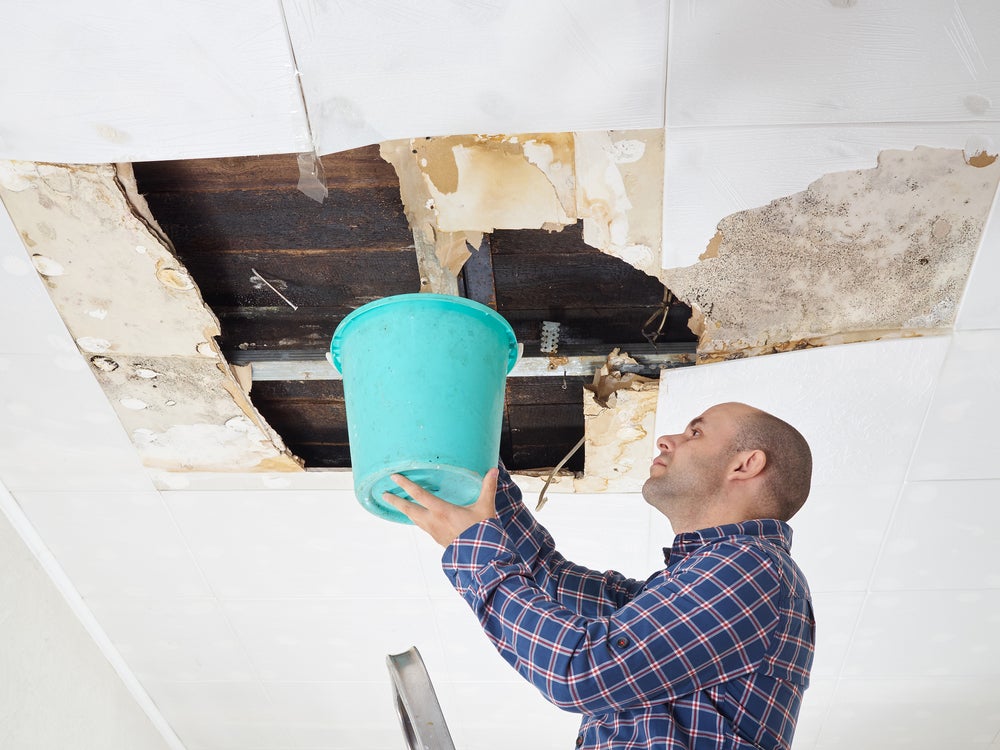

7. Additional coverage options
While homeowners insurance policies typically provide coverage for a wide range of risks, there may be additional coverage options worth considering to enhance your protection.
7.1 Endorsements and riders
Endorsements and riders are additional policy provisions that can be added to your homeowners insurance to customize your coverage. These additional policy options can provide coverage for specific perils or increase coverage limits for certain items. If you live in an area prone to heavy rainfall or have specific concerns about roof leaks, you may want to explore adding endorsements or riders to your policy.
7.2 Scheduled personal property coverage
Standard homeowners insurance policies typically have coverage limits for certain categories of personal belongings, such as expensive jewelry or artwork. Scheduled personal property coverage allows you to list and insure specific high-value items separately, providing broader coverage and higher limits. This can be particularly useful if you have valuable items that may be at risk of damage due to roof leaks.
7.3 Ordinance or law coverage
Ordinance or law coverage provides protection in the event that your property needs to be brought up to current building codes or ordinances during repairs or rebuilding. If a roof leak requires extensive repairs and local codes have changed since the original construction, this coverage can help with the additional costs associated with compliance.
8. Insurance considerations when buying or renovating a home
When purchasing or renovating a home, it’s important to consider insurance factors related to the roof to ensure adequate coverage and protect your investment.
8.1 Checking the age and condition of the roof
Before buying a home, have a professional inspection done to assess the age and condition of the roof. Insurance companies may have specific requirements or restrictions based on the age and condition of the roof. If significant roof repairs or replacement are needed, this information can help you negotiate with the seller or plan for the necessary expenses.
8.2 Considering the location and climate
Insurance premiums can be influenced by the location and climate of your home. Areas prone to heavy rainfall or frequent storms may have higher insurance premiums due to an increased risk of roof leaks. Consider these factors when selecting a home or planning renovations to ensure that your insurance coverage and costs align with the risks associated with the local climate.
8.3 Reviewing policy deductibles and limits
When purchasing homeowners insurance, carefully review the policy deductibles and limits related to roof damage and leaks. Deductibles are the amount you must pay out of pocket before the insurance coverage kicks in, so ensure that you select a deductible that you can comfortably afford. Additionally, review the coverage limits to ensure they will adequately cover the cost of any potential roof repairs or replacements.
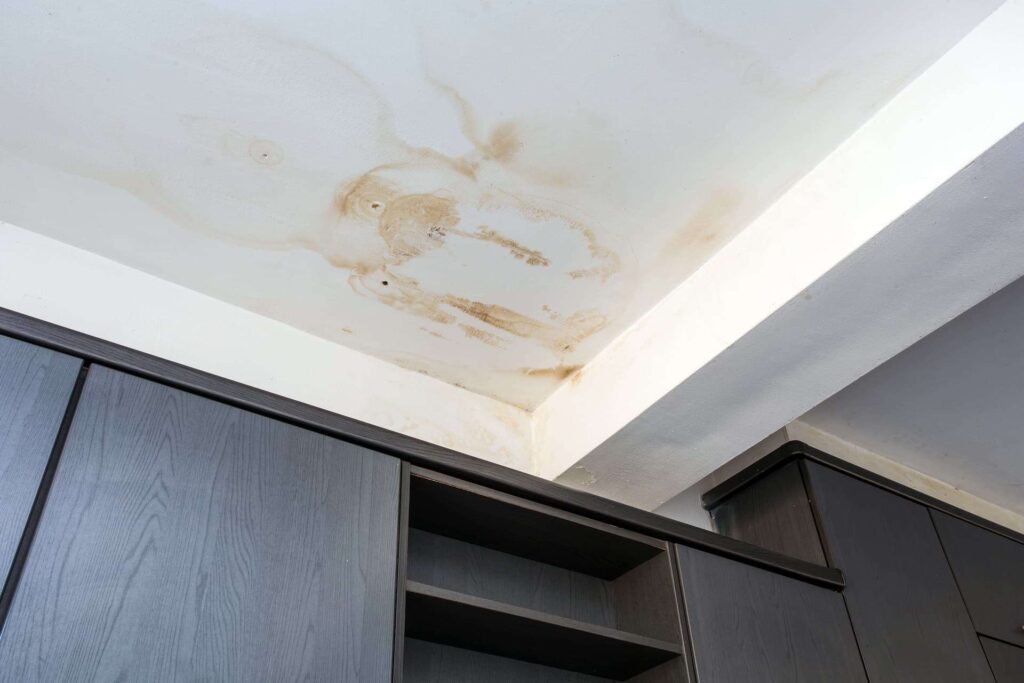

9. Understanding the claim payout process
In the event of a covered roof leak, it’s important to understand how the claim payout process works under your homeowners insurance.
9.1 Replacement cost value (RCV) vs. actual cash value (ACV)
Replacement cost value (RCV) and actual cash value (ACV) are two methods used to determine the payout for roof damage claims. RCV coverage reimburses you for the cost of repairing or replacing your roof based on its current market value, without considering depreciation. On the other hand, ACV coverage takes into account the depreciation of your roof and provides a payout based on its depreciated value. Review your policy to understand which method your insurance company uses.
9.2 Deductibles and out-of-pocket expenses
When filing a claim for a roof leak, remember that you will be responsible for paying the deductible stated in your policy. This is the amount that you contribute toward the cost of repairs or replacement. Additionally, there may be certain out-of-pocket expenses, such as temporary repairs, that you need to cover before receiving reimbursement from your insurance company. Familiarize yourself with these cost obligations to financially prepare for any potential roof leak claims.
10. Seeking professional advice
Navigating the realm of homeowners insurance and roof leak coverage can be complex. Consider seeking professional advice to ensure that your insurance needs are adequately met.
10.1 Consulting a licensed insurance agent
A licensed insurance agent can help you understand the intricacies of homeowners insurance and guide you in selecting the right policy for your needs. They can assess your specific circumstances, provide expert advice, and recommend suitable coverage options to protect your home from roof leaks and other risks.
10.2 Hiring a reputable roofing contractor
When facing a roof leak, it’s crucial to work with a reputable and experienced roofing contractor. They can accurately assess the damage, provide professional repairs or replacement, and offer insights on maintaining the condition of your roof. Additionally, they can help document the damage and provide necessary information to support your insurance claim.
In conclusion, homeowners insurance can provide coverage for roof leaks from rain, depending on the type of policy you have and the specific circumstances of the leak. It’s important to review your policy, understand its terms and limitations, and take preventive measures to avoid roof leaks. Regular maintenance, prompt action in case of a leak, and seeking professional advice can help protect your home and ensure that you have the appropriate coverage in place.
